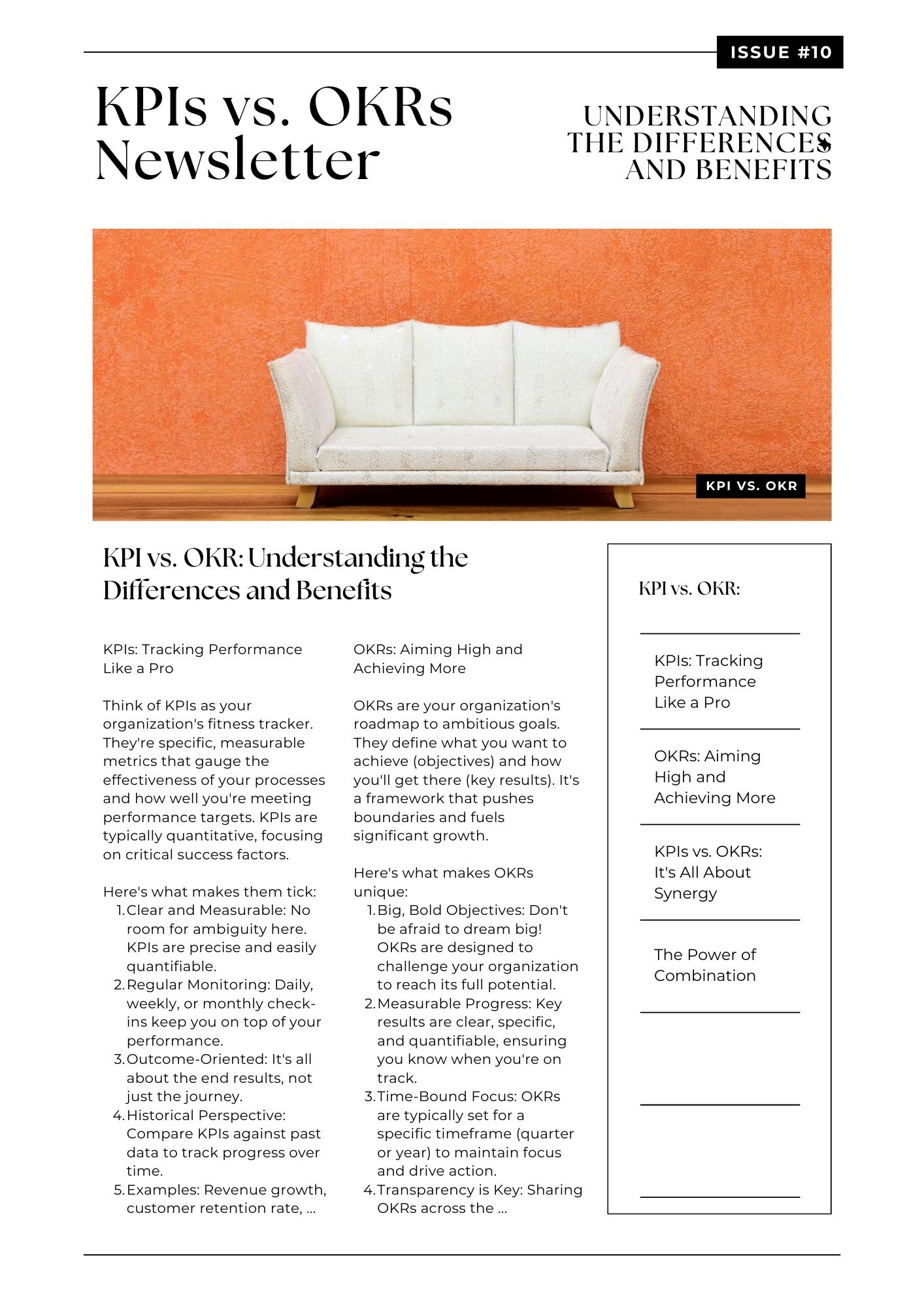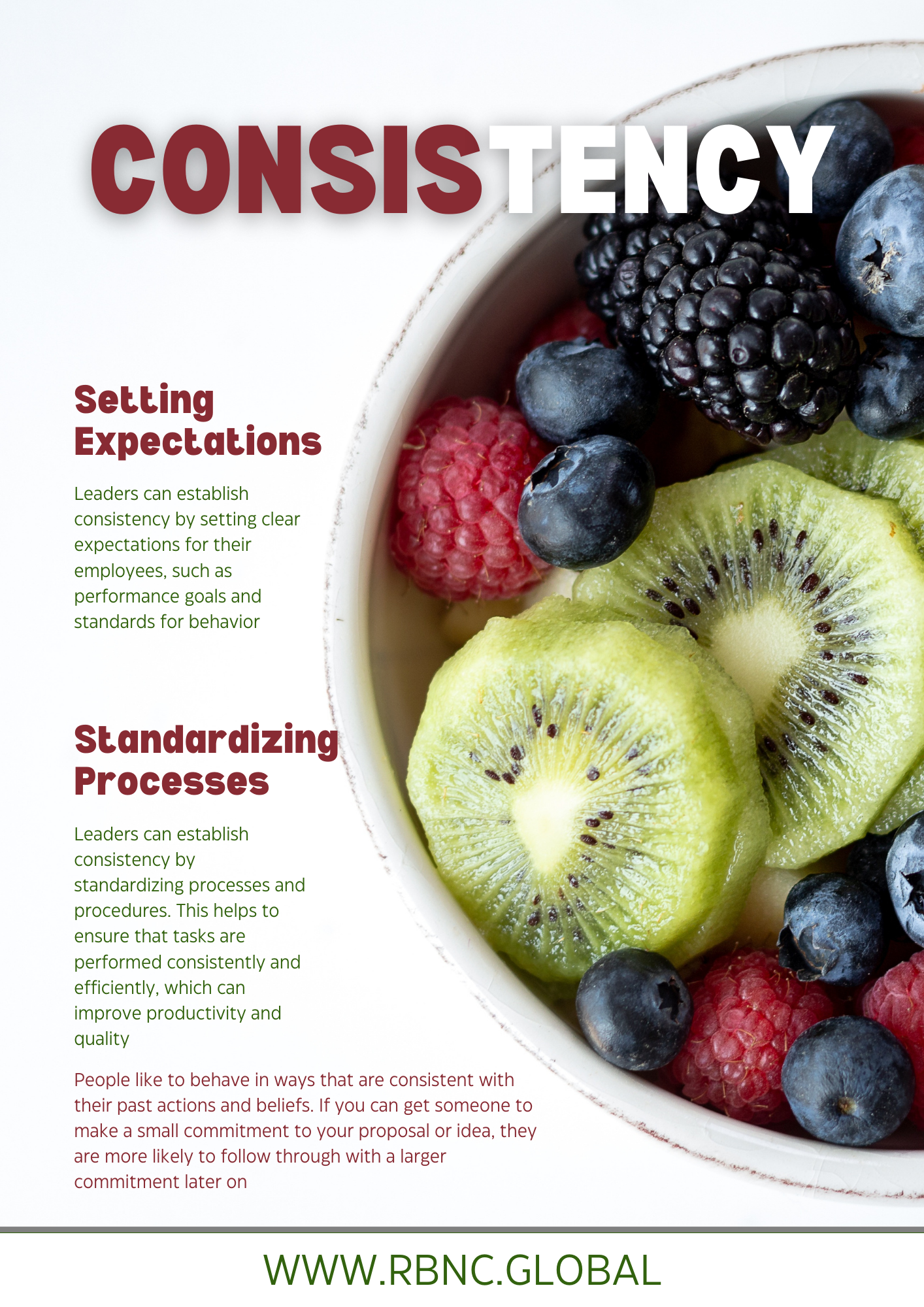A Guideline to Develop an Employee Engagement Strategy
Developing an effective employee engagement strategy requires a comprehensive approach that takes into account the needs and expectations of employees, as well as the organizational goals and objectives. Here are some guidelines to help you develop an employee engagement strategy:
1. Assess current employee engagement levels:
The first step in developing an employee engagement strategy is to assess the current engagement levels of your employees. This can be done through surveys, focus groups, or interviews. The results of the assessment will help you identify areas of strengths and weaknesses, and determine what needs to be improved.
2. Identify key drivers of employee engagement:
Once you have assessed the current engagement levels, you should identify the key drivers of employee engagement. This can include factors such as job satisfaction, opportunities for growth and development, work-life balance, recognition and rewards, and organizational culture.
3. Develop a clear vision and goals for employee engagement:
Based on the assessment and identification of key drivers, you should develop a clear vision and goals for employee engagement. This vision should be aligned with the overall organizational goals and objectives and should be communicated effectively to all employees.
4. Create a plan of action to achieve the goals:
Once you have established the vision and goals, you should create a plan of action to achieve them. This plan should include specific strategies and tactics to address the key drivers of employee engagement and should be based on best practices and research.
5. Communicate the strategy to employees:
Communication is critical in employee engagement, and you should develop a communication plan to ensure that the strategy is effectively communicated to all employees. This can include regular meetings, newsletters, intranet, and other communication channels.
6. Provide leadership support and commitment:
Employee engagement should be a top priority for organizational leadership, and leaders should provide support and commitment to the strategy. This can include providing resources, recognizing and rewarding employees for their contributions, and promoting a positive work environment.
7. Empower managers to drive engagement:
Managers play a critical role in employee engagement, and they should be empowered to drive engagement within their teams. This can include providing training and support, setting goals and expectations, and providing regular feedback and recognition.
8. Foster a positive work environment:
A positive work environment is essential for employee engagement, and you should take steps to foster a positive culture within the organization. This can include promoting teamwork, providing opportunities for social interaction, and promoting work-life balance.
9. Provide opportunities for growth and development:
Employees are more engaged when they have opportunities for growth and development. You should provide opportunities for training, education, and career advancement to help employees reach their full potential
10. Recognize and reward employees for their contributions:
Recognition and rewards are important motivators for employees, and you should develop a program to recognize and reward employees for their contributions to the organization.
In summary, developing an effective employee engagement strategy requires a comprehensive approach that takes into account the needs and expectations of employees, as well as the organizational goals and objectives. By following these guidelines, you can develop a strategy that promotes employee engagement and helps achieve organizational success.









